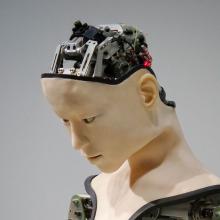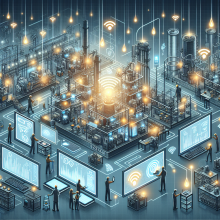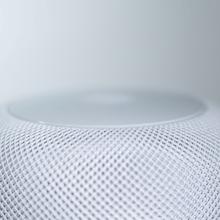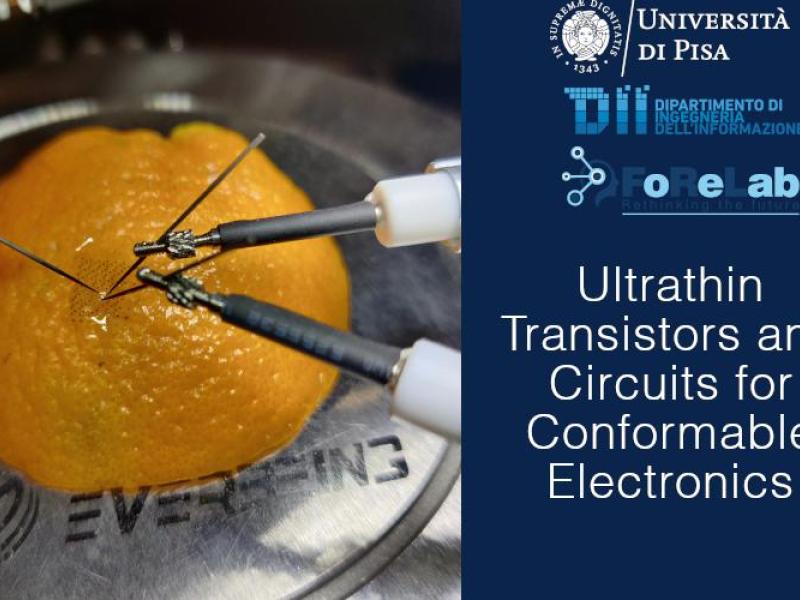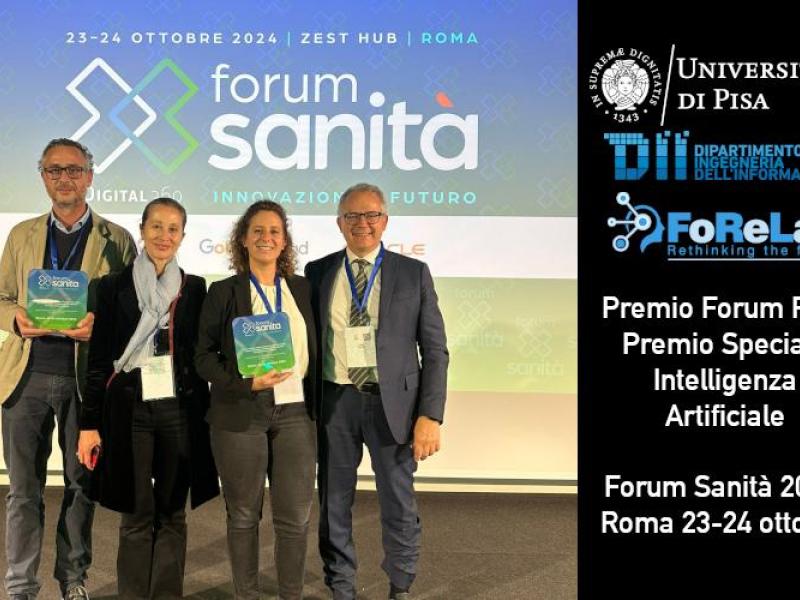Sketches from the future
Modeling human intelligence by wearable sensors and systems
Understanding how humans interact with each other and the environment, as well as how they perceive themselves, is the basis for the development of a new human centric approach: the next generation technologies and solutions will allow to empower humans taking into account their peculiarities. This shift in the design approach will be based on new models of human cognition and behaviour that will be developed merging the multiparametric information about human action, as well as physiological and affective states. To achieve this goal, minimally invasive, robust, efficient, cheap,and sustainable wearable devices have to be designed. The research about such devices, both for sensing and mediating human-human and human-machine interaction, will explore new materials, production processes and designs. Noticeably, personalization in the device design, as for instance taking into account morphological and also behavioural aspects, will be crucial for improving both usability and data reliability.
